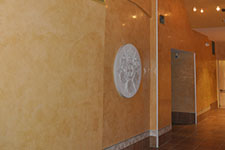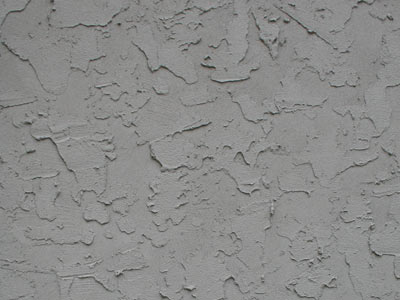
The overall application of a veneer plaster is faster and easier than conventional plaster, making it a popular choice for modern construction projects. One-coat veneer plaster systems are applied over gypsum lath, while two-coat veneer plaster systems may be applied over masonry or gypsum lath. Veneer plaster one-coat or two-coat systems are no thicker than ⅛".The ability to apply on metal lath is unique to conventional plaster.

Conventional plaster systems can be applied over masonry, metal lath or gypsum lath. Conventional plaste r two-coat or three-coat systems range from ½" to ⅞" thick.

Conventional plaster is thicker and requires several coats, while veneer plaster is thinner and often requires only one coat. The main difference between conventional plaster and veneer plaster systems lies in the overall thickness and application. What is the difference between conventional plaster and veneer plaster? Let’s explore what makes each type of plaster unique, how they are used and tips for finishing, painting and repairing plaster walls. “The versatility and performance of plaster allow architects to design virtually any number of interior ceilings and partitions.” “ Gold Bond’s plaster products perform well in appearance, sound isolation and fire endurance ratings,” said Mark Chapman, senior manager, construction services at National Gypsum Company.

This wide array of gypsum plaster provides solutions for some of commercial and residential construction’s most demanding requirements. From conventional plaster base coat and finish options to one- and two-coat veneer plaster systems, Gold Bond ® plaster products create high-quality surfaces, enhancing the overall durability of walls and ceilings. Gold Bond Building Products, LLC, an affiliate company of National Gypsum Company, manufactures one of the most complete lines of gypsum plaster products.


 0 kommentar(er)
0 kommentar(er)
